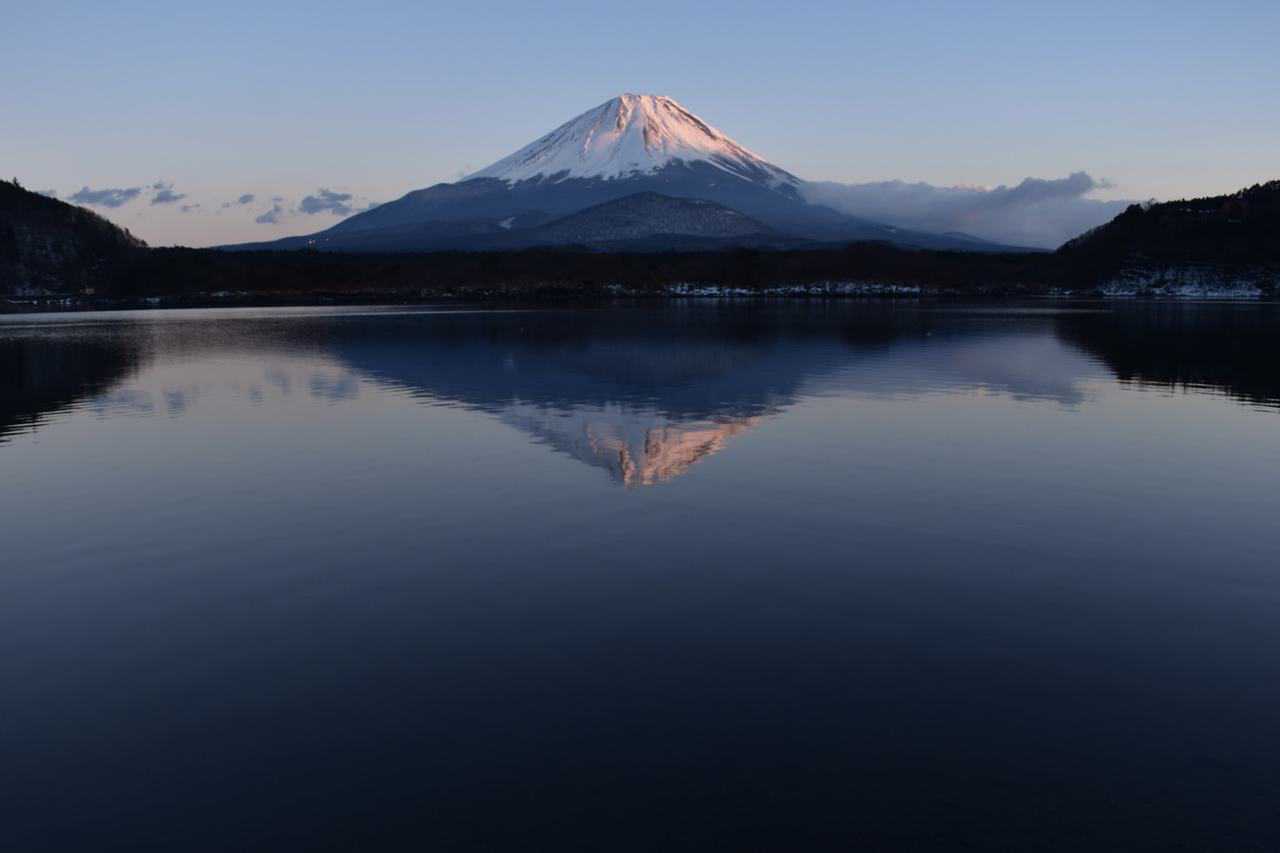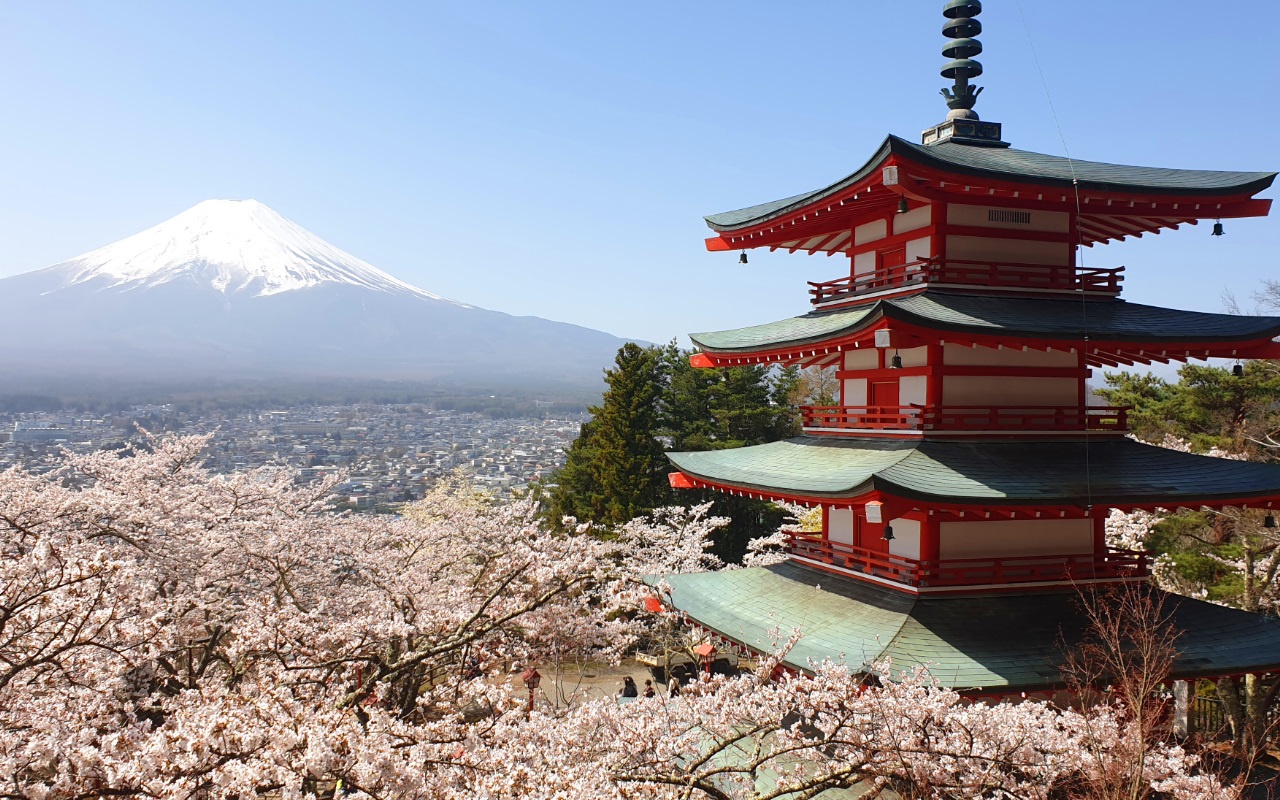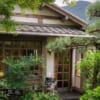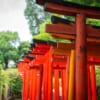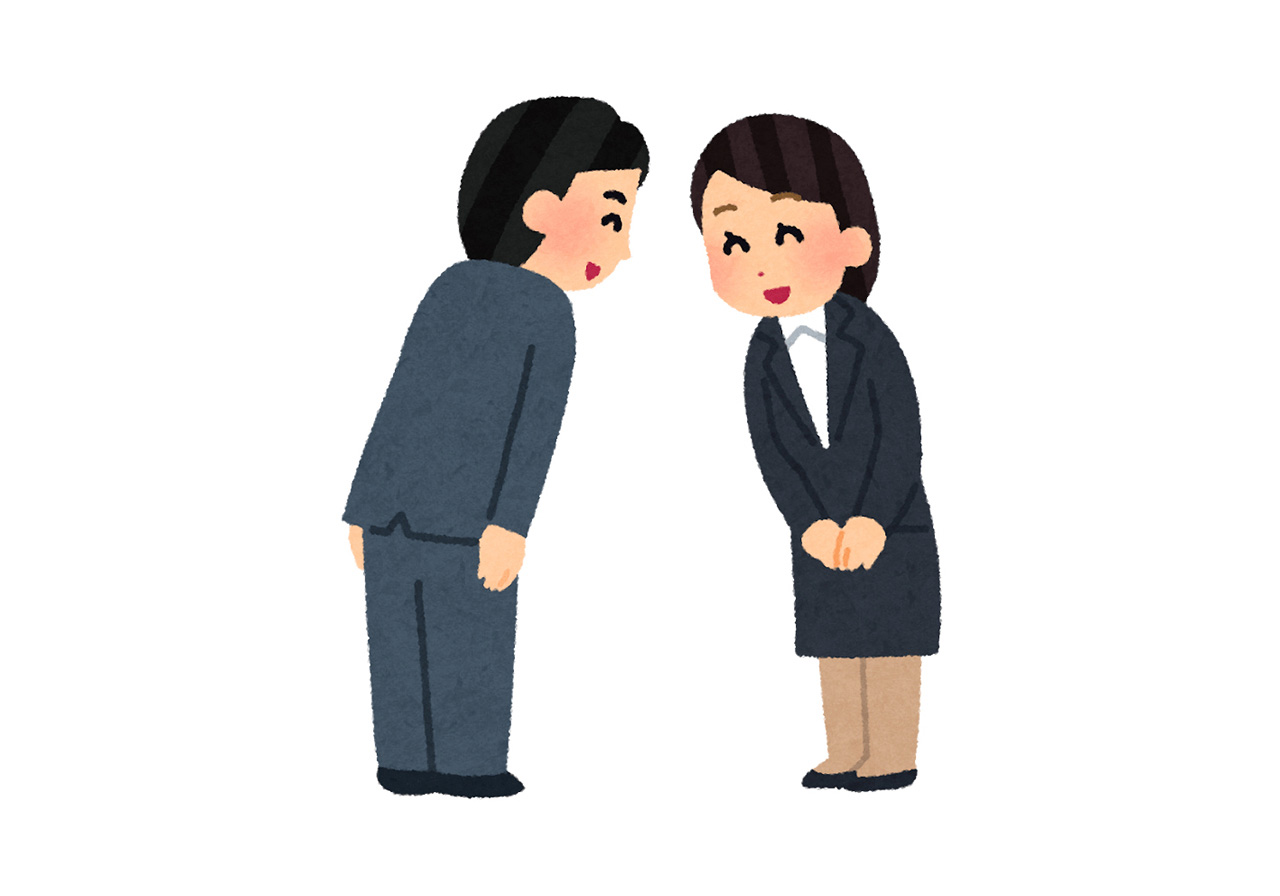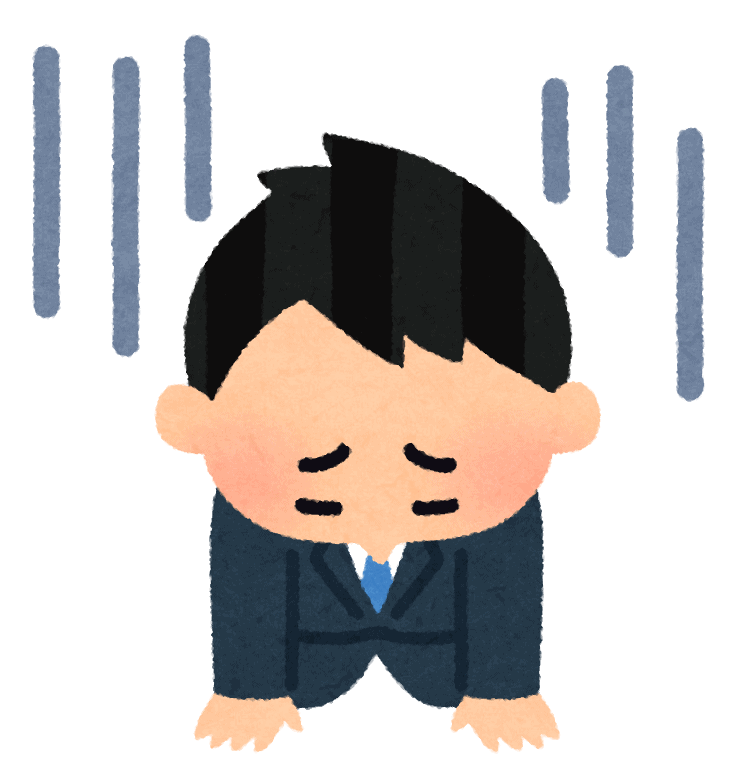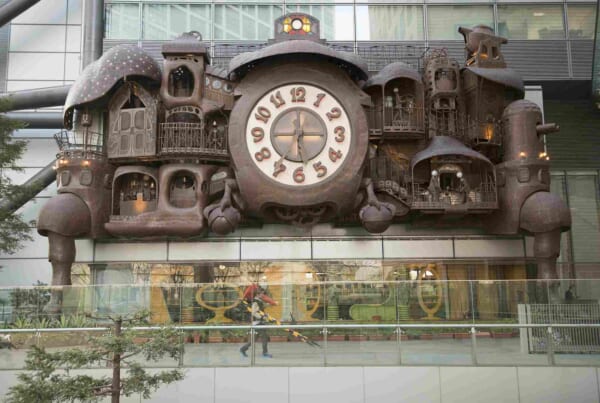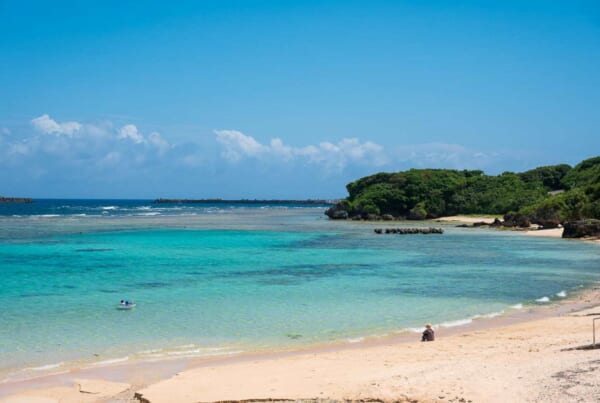Mount Fuji (富士山, Fujisan), Japan’s largest mountain and arguably its most famous symbol stand at 3,776 metres. Being snow-capped for most of the year, Mt Fuji opens up to novice climbers for a short hiking season in summer. So, on the 10th of August, I set off to climb this majestic mountain for the first time. But little did I know how unprepared I was for the challenge ahead. Here’s my experience of hiking Mt Fuji, how I planned for it, and tips for first-time climbers.
- Why I Decided to Hike Up Mt Fuji
- How to Prepare for Your Hike Up Mt Fuji
- How to Start Your Mt Fuji Hike and Fees
- Ascent Up Mount Fuji
- Views Along the Way to the Summit
- In Darkness at the Summit of Mt Fuji
- The Sunrise From Mt Fuji
- The Long Hike Back Down to Earth
- What I Have Learned from Hiking Mt Fuji
- Access to Mount Fuji
Why I Decided to Hike Up Mt Fuji
I didn’t take hiking seriously until I moved to Japan. I had scaled several peaks in the picturesque Tanzawa mountains (丹沢山地, Tanzawa-Sanchi) during my first few months of living in the country. It was here that my love of hiking flourished. As spring turned to summer, the thought of hiking Mount Fuji began to enter my mind. At first, I was hesitant. My fitness level was average at best, and I believed the hike would be more than I could handle. It was only after doing some research that I felt it would be something I could do and that it would be a fantastic achievement during my time in Japan.
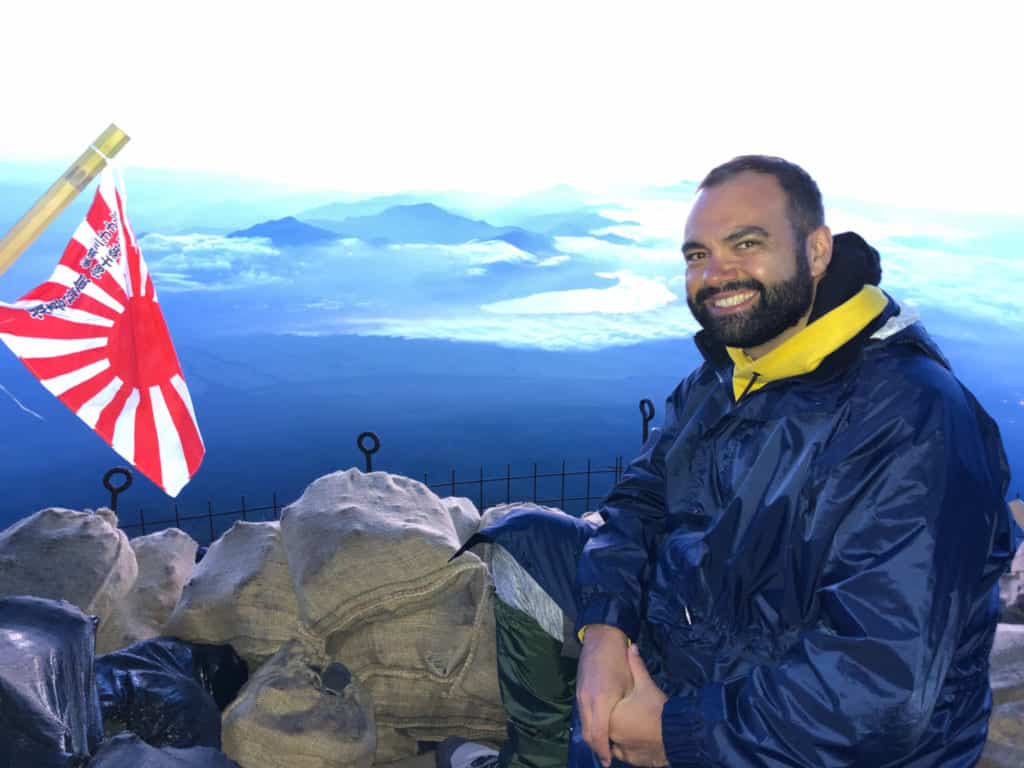
Mt Fuji can be hiked any time during the open hiking season. I chose to do the night climb to watch the sunrise. I should note that ‘bullet’ climbing (hiking up and down without sufficient rest) is not advised, and visitors are strongly encouraged to rest at one of the mountain stations to reduce the risk of altitude sickness.
How to Prepare for Your Hike Up Mt Fuji
Despite Mt Fuji being easily accessible for beginners, the hike should not be taken lightly and without adequate preparation. My first step was to research hiking guides on the official Mount Fuji Climbing website (in English). The summit can be reached by several trails, but, as a novice hiker, I opted for the Yoshida trail (吉田ルート, Yoshida rūto), which is the best-served by mountain huts.
I invested in new hiking boots and items such as a head torch and boot covers and packed clothing for both warm and cool weather. A friend who shared the same aspiration to see the sunrise joined me for the hike. In the weeks before the climb, I took trips to large mountains in Kanagawa (神奈川), the prefecture where I live, to increase my fitness.
How to Start Your Mt Fuji Hike and Fees
I arrived at the Fuji Subaru 5th station (富士スバルライン五合目) by bus, roughly the halfway point of the Yoshida Trail, during the height of the hiking season. A large number of people surrounded me, including other hikers or those who had arrived by organized coaches to get a better view of Mt Fuji. Shops and restaurants at the base of the trail allow you to buy last-minute provisions. In my opinion, the ultimate souvenir is a walking stick you can purchase at the shop and collect stamps at each station. Not only is the stick an invaluable aid to get over the rocky parts, but it’s a great memory of the hike.
While there’s no cost to hike Mount Fuji, climbers are asked to contribute 1,000 yen per person at stations along the ascent.
I set off on my ascent at around 18:00, as the afternoon light began to soften.
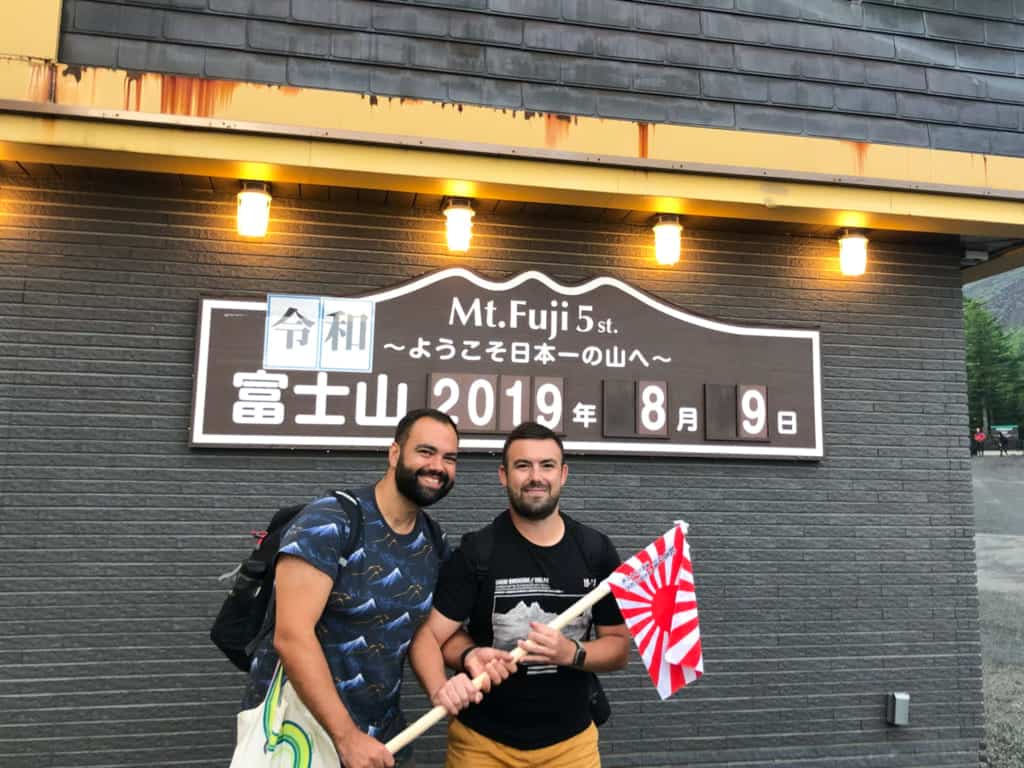
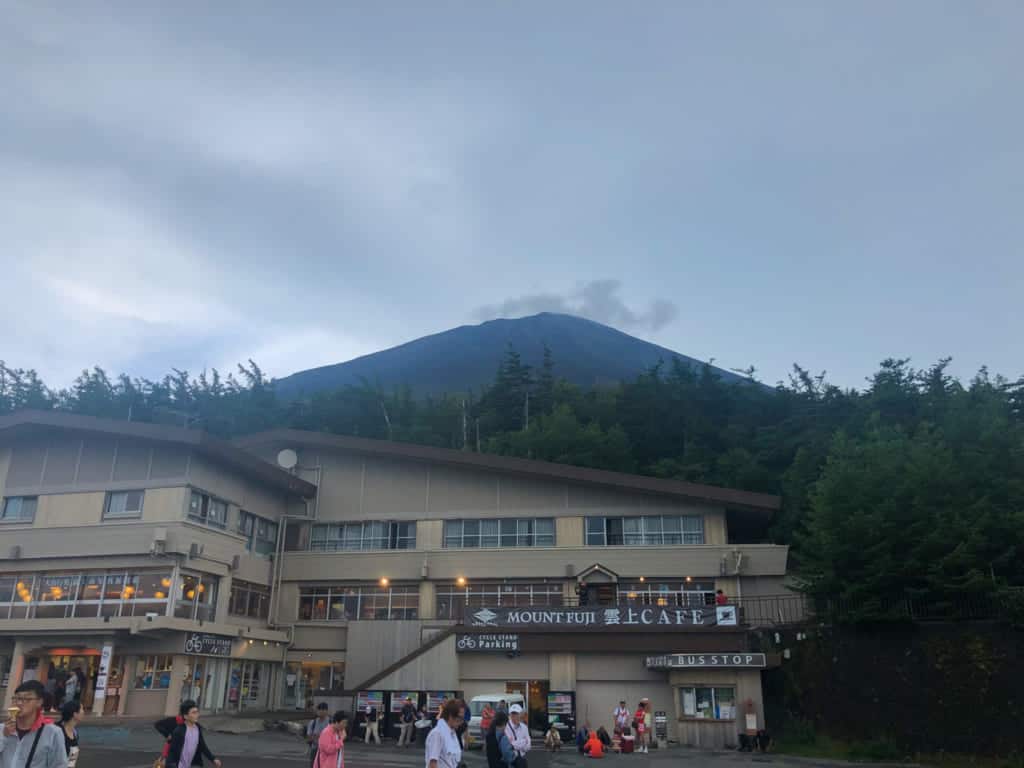
Ascent Up Mount Fuji
Driven by a mixture of excited energy and apprehension, we reached the 6th station in good time. The other hikers we met en route were a friendly group of people, from novice to seasoned hikers alike, all with an apparent excitement to reach our shared goal: the summit.
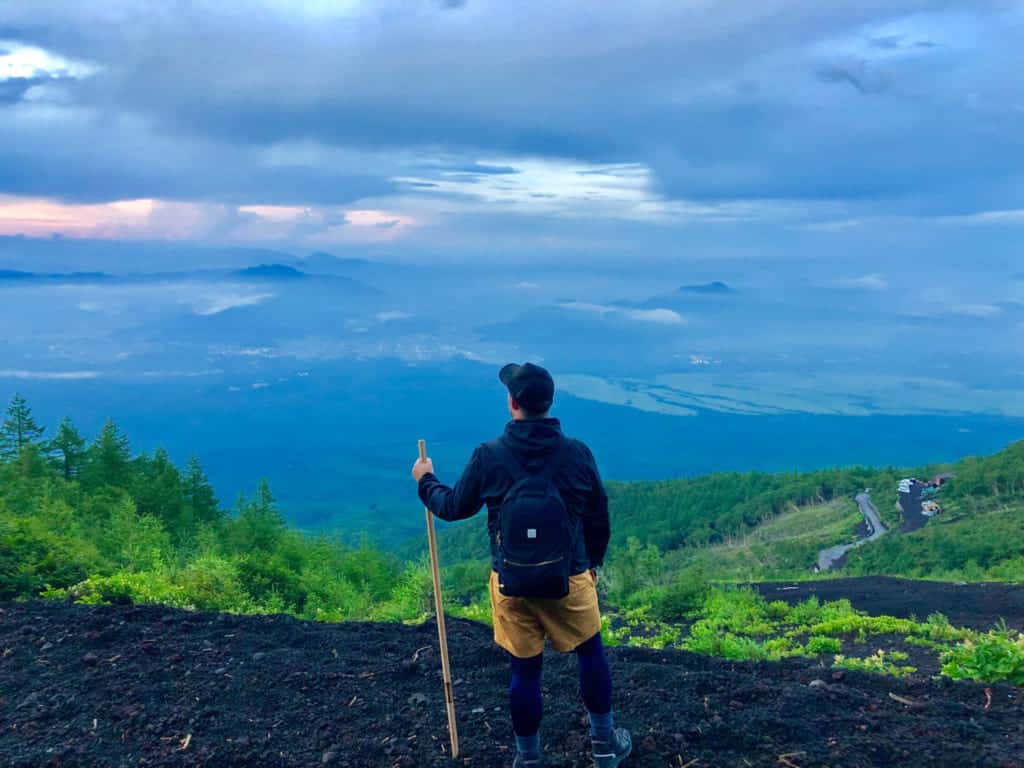
Views Along the Way to the Summit
As the sun set, the stunning landscape that stretched out below us slowly evaporated out of view. The temperature sharply dropped when the warmth of the sun disappeared. While resting at the 7th station, I looked down at the lights of the cities far below and felt overwhelmed at the height I was at. It was an uneasy feeling to have nothing but an immense amount of space between me and the land below.
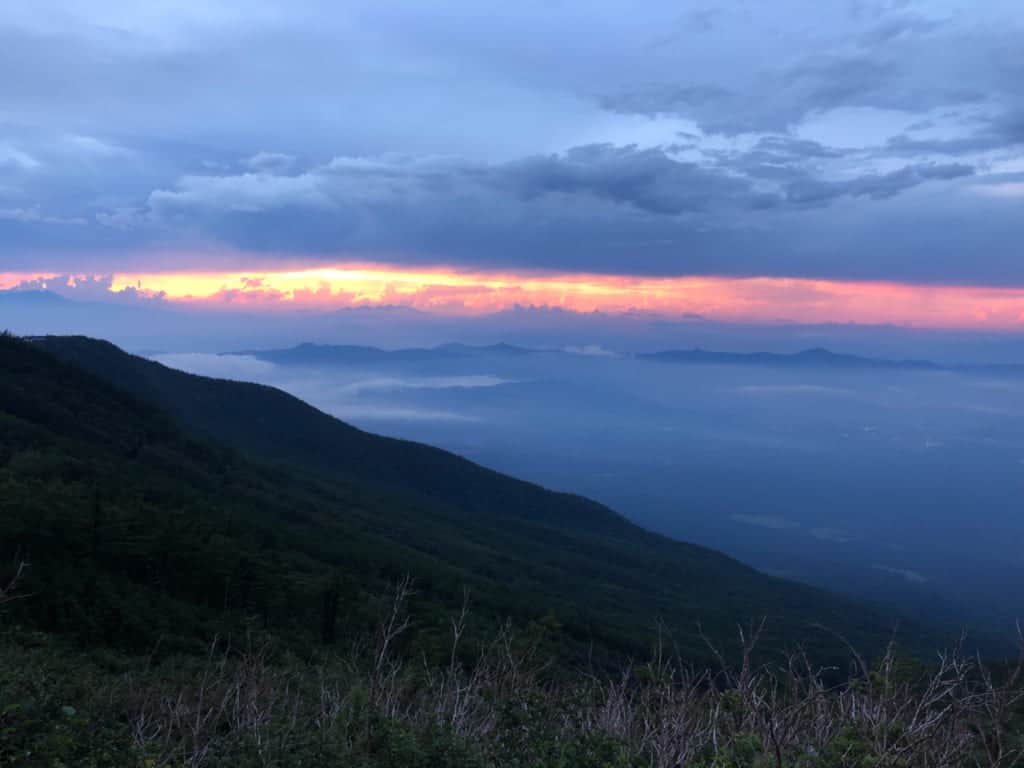
As I looked into the far distance, a thunderstorm quickly broke my sense of unease. Being at eye level with the magnificent storm on the horizon gave me a unique sense of connection and intimacy with nature.
After we reached the 8th station, the temperature dropped further. Chilled, I put on every piece of clothing that I had packed to stay warm. The mountain rest huts (which we were avoiding due to its fee) looked more alluring as the night wore on. After an hour’s rest, we set off again towards the summit. As I looked back down the trail, I was taken aback by the sight of hundreds of hiker’s lights snaking up behind us. It was clear we had set off unintentionally early and had missed the crowds who slowly followed behind us.
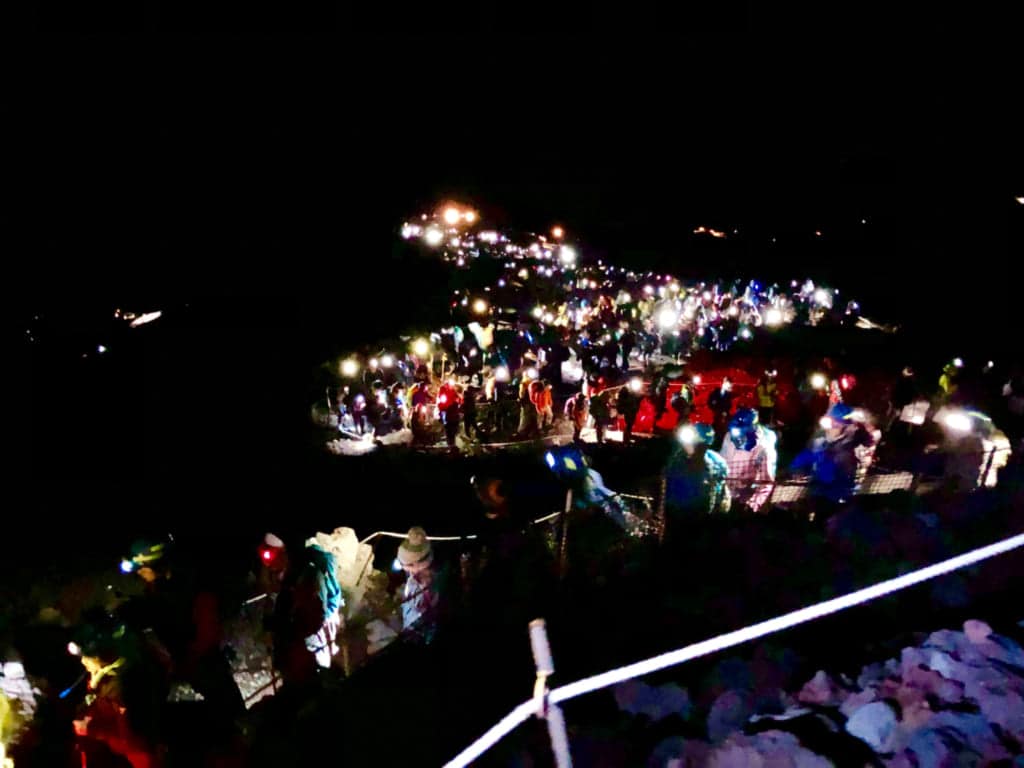
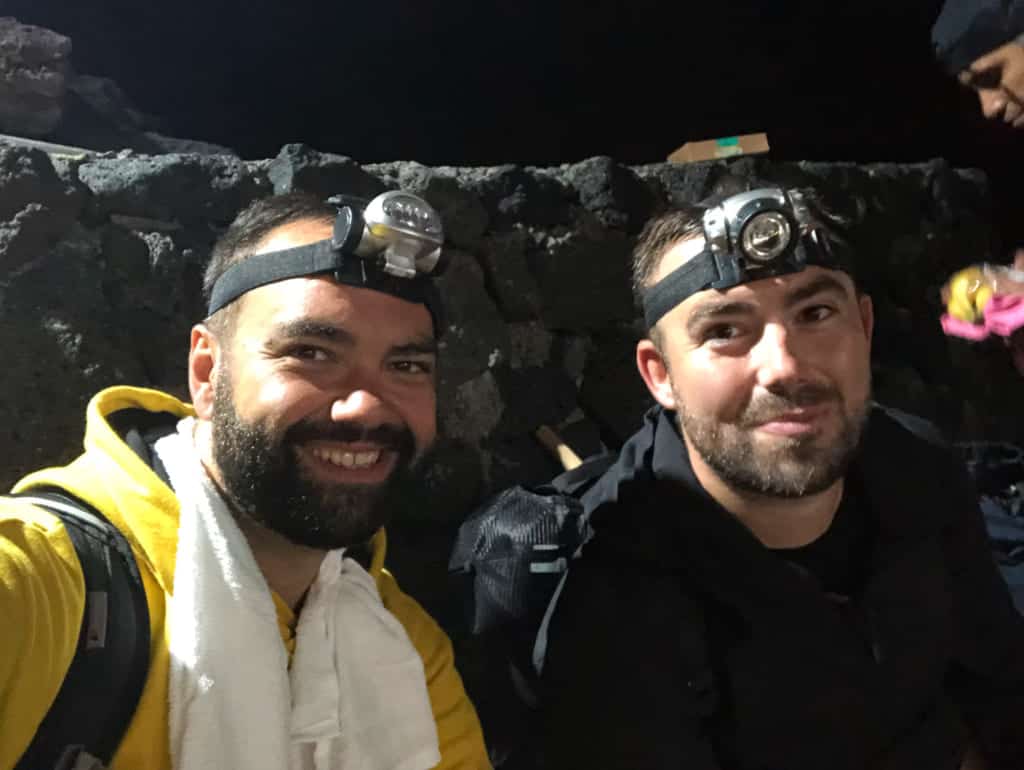
As we started the final ascent to the summit, the trail narrowed, and everyone was forced into a slow, single file. I was surprised to see workers dressed in high visibility clothing directing the pace and flow of the hikers. They looked grossly out of place, waving their illuminated rods and would have looked more at home directing the street traffic thousands of feet below us.
In Darkness at the Summit of Mt Fuji
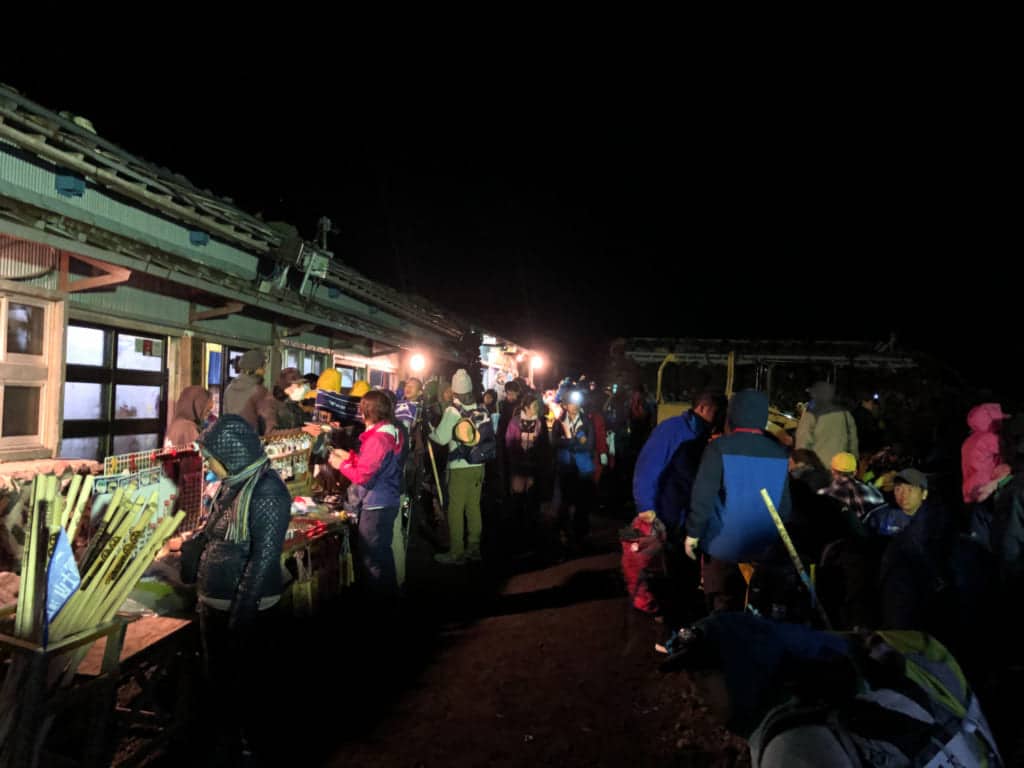
Finally, we reached the summit, and I entered a world of darkness and weary faces, which made me wonder if it had all been worth it. Finding a suitable spot to rest, we set down our padded foil blanket to await the sunrise. A sea of darkness surrounded us, lit only by moonlight and the occasional torch. Looking up, I got lost in a galaxy of thousands of clear, glittering stars.
The Sunrise From Mt Fuji
As we sat huddled from the subzero temperatures looking out to the east, the first rays of sunlight began to pierce the darkness of the far horizon. The buzz of conversation around me lulled, as people watched in wonder at the beginnings of the sunrise. The sky filled with light as the tip of the sun peered over the horizon and saturated the scene with fresh golden colors.
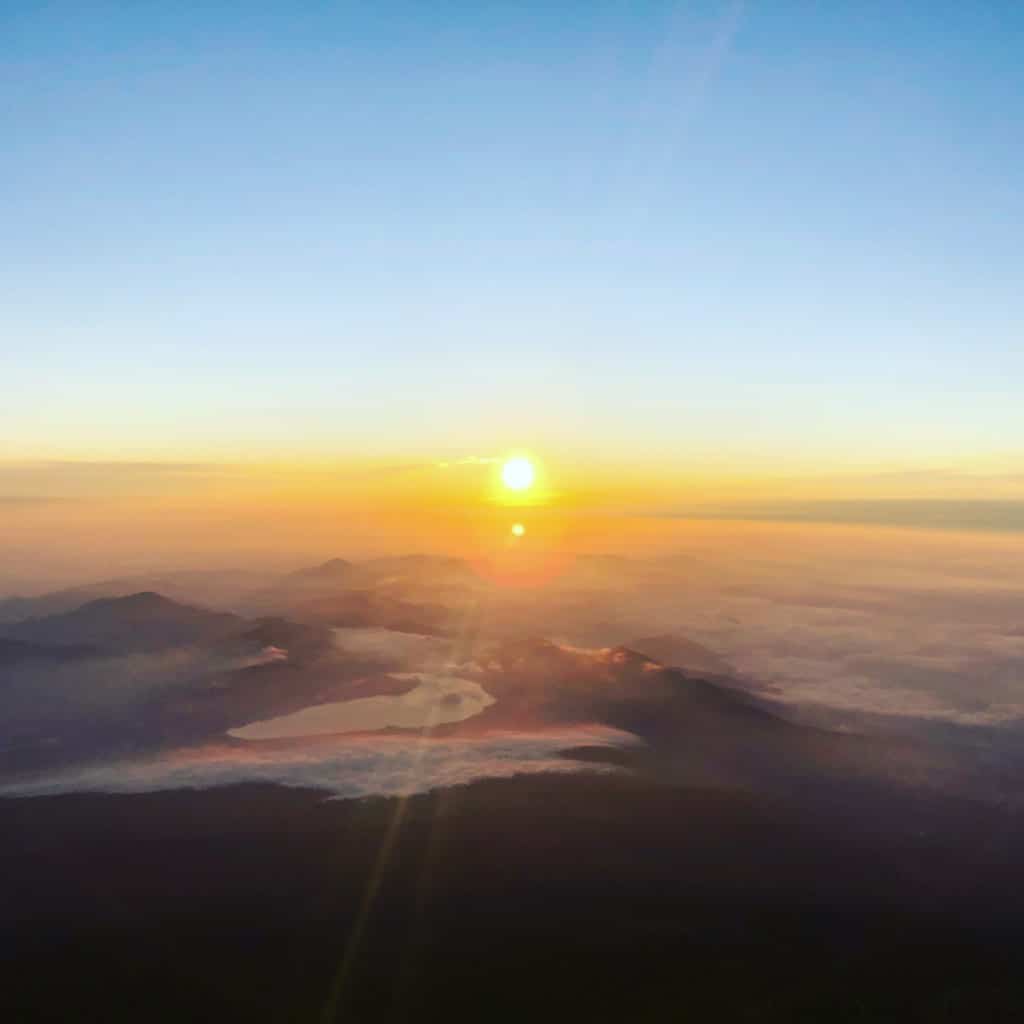
With the sunrise came the excitement of the crowd. As the full sphere of the sun hung in the sky, everyone erupted into a joyous cheer. At this point, I understood the shared experience of what I had just witnessed. A sense of wonderment rippled through my fellow hikers and me.
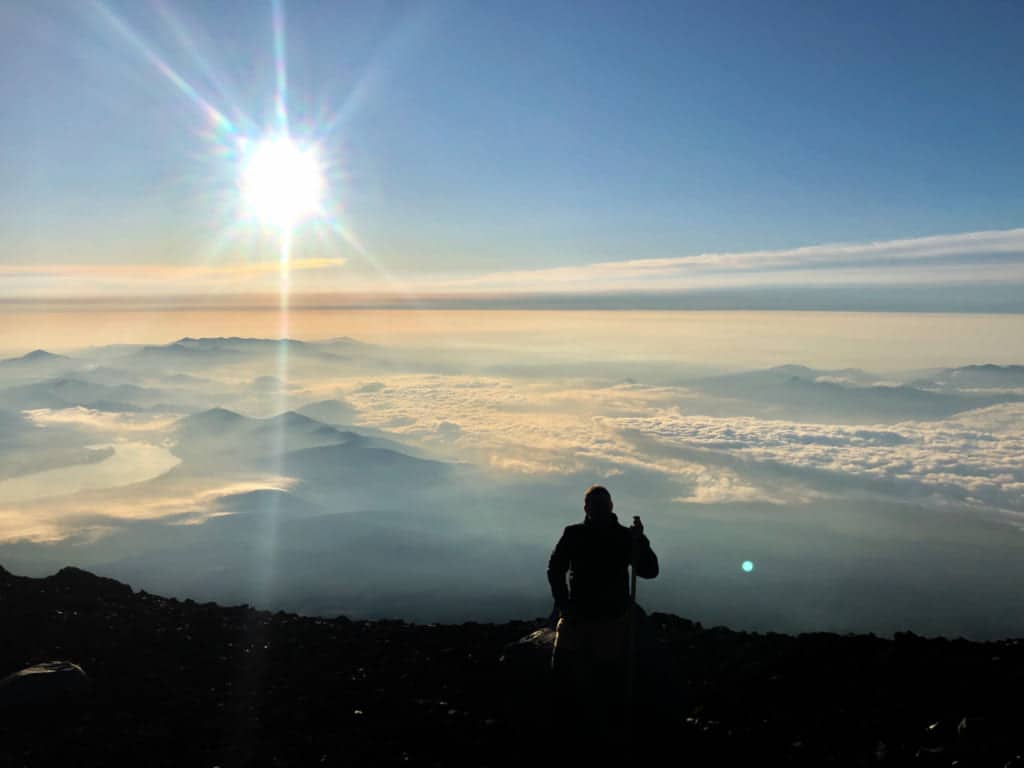
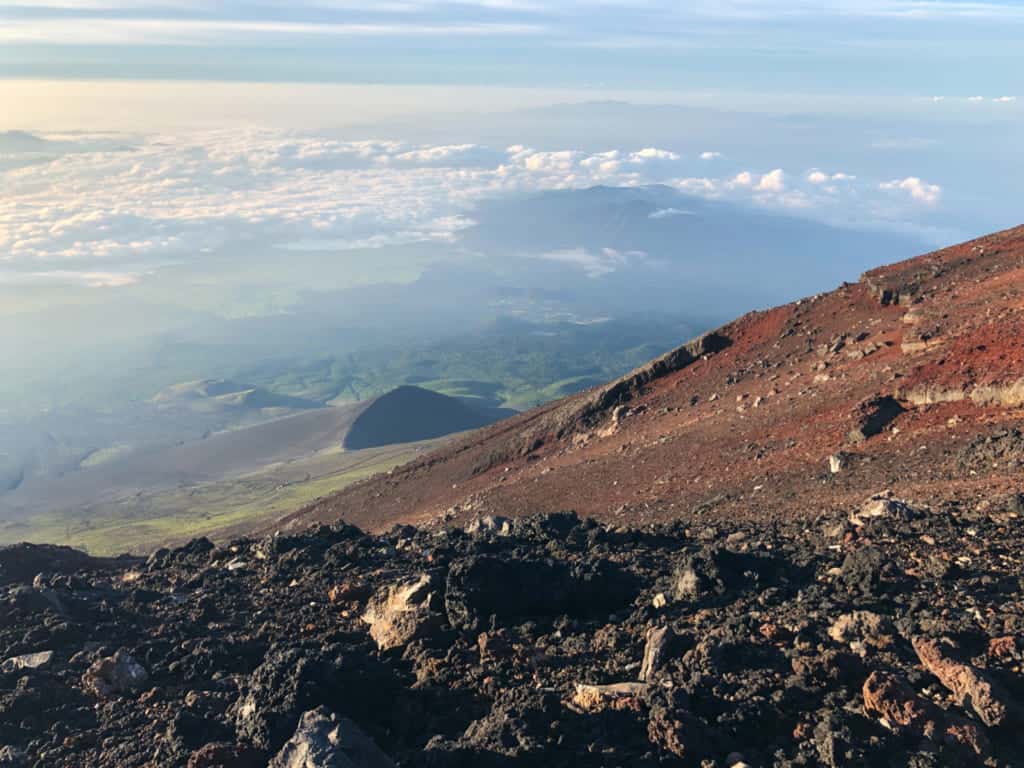
In the daylight, an alien-like atmosphere was created by the volcanic landscape. The thinness of the air affected the way sounds travelled, and I felt like I was no longer on earth. As my adrenaline waned, fatigue began to fill my body. The mountain huts sold food, and there was even a post office to post a letter from the summit. After a rest and some rehydration, we began our hike down.
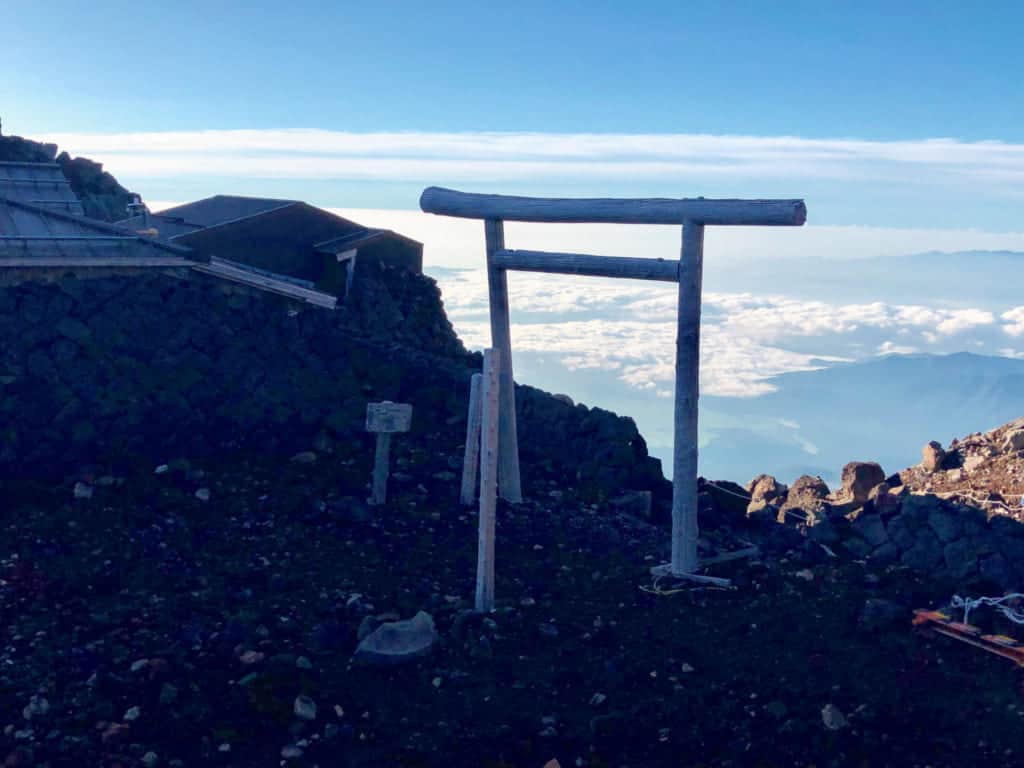
The Long Hike Back Down to Earth
The way down was very long and arduous. It felt like a never-ending descent, zig-zagging on uneven, slippery rocks. The 4 hours it took to reach the 5th station felt like a lifetime. Thankfully, the boot covers I had purchased prevented the majority of the small volcanic stones from getting into my boots. As we descended, the cold fresh air of the summit was replaced by the thick muggy climate of summer in Japan.
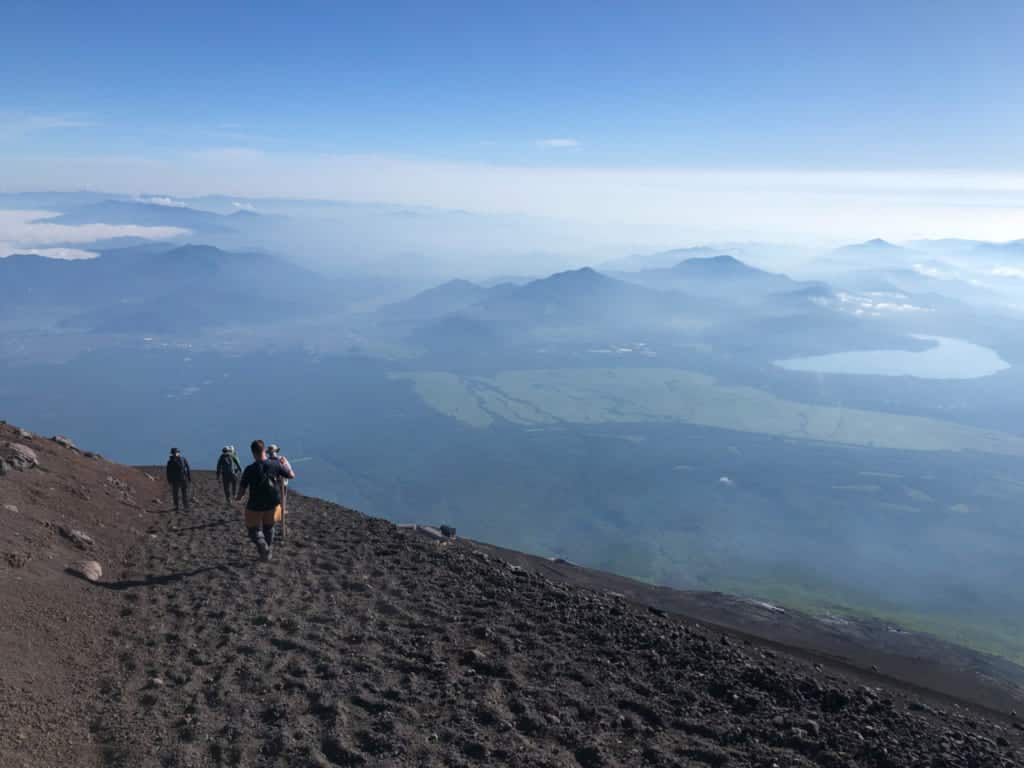
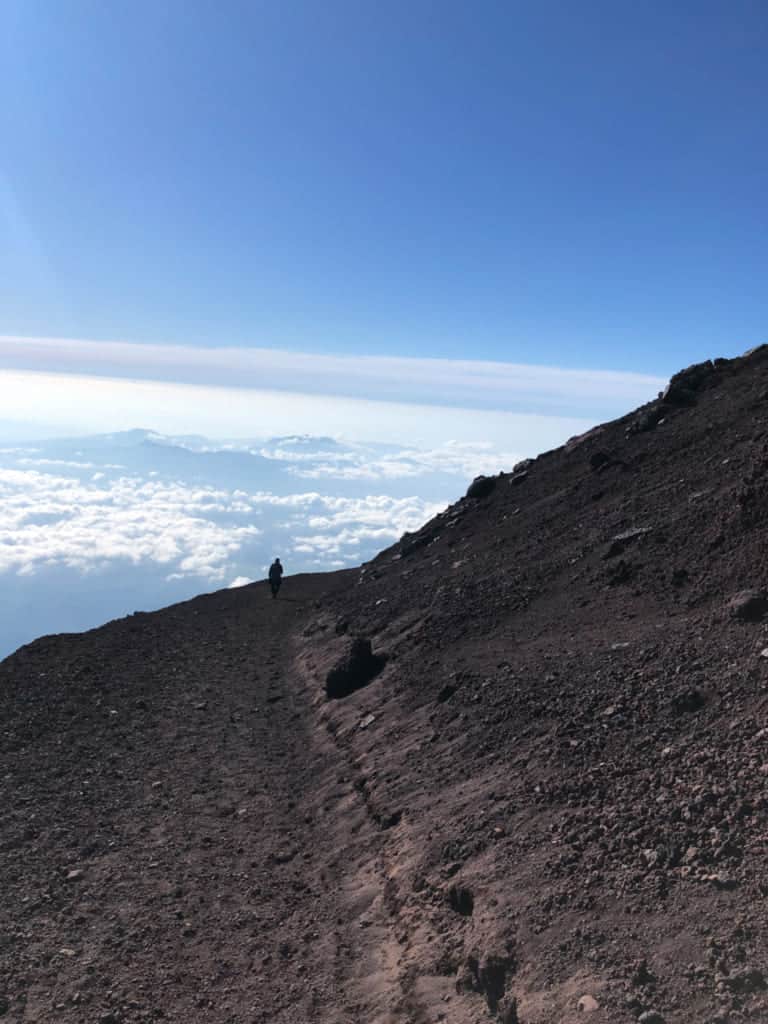
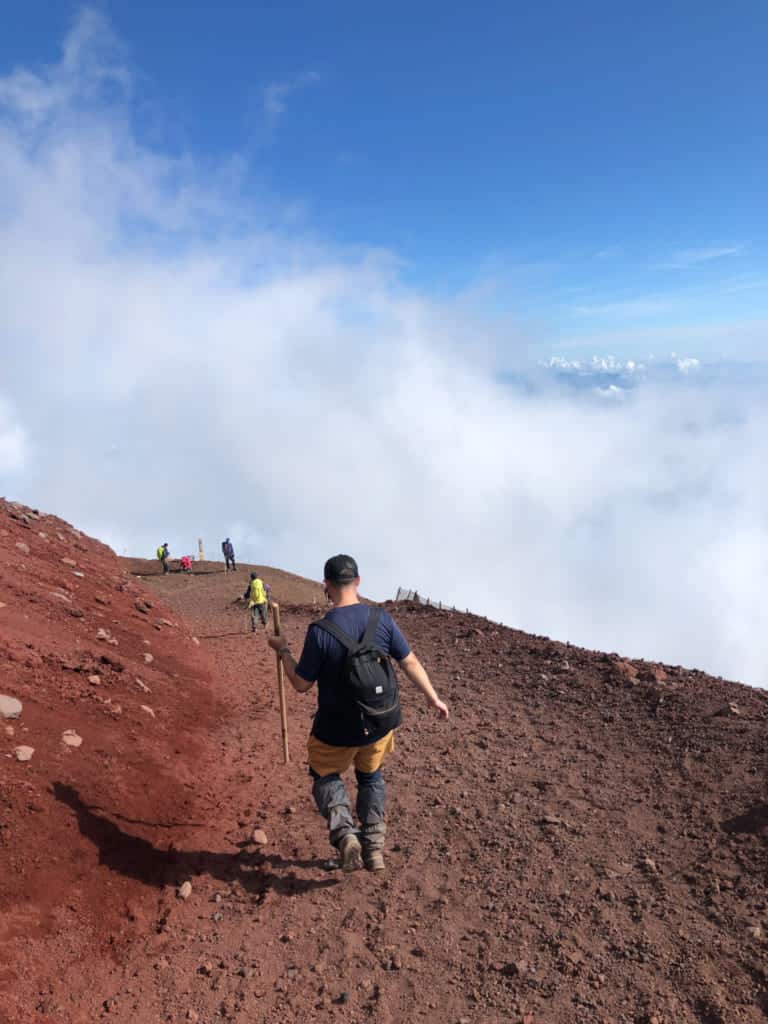
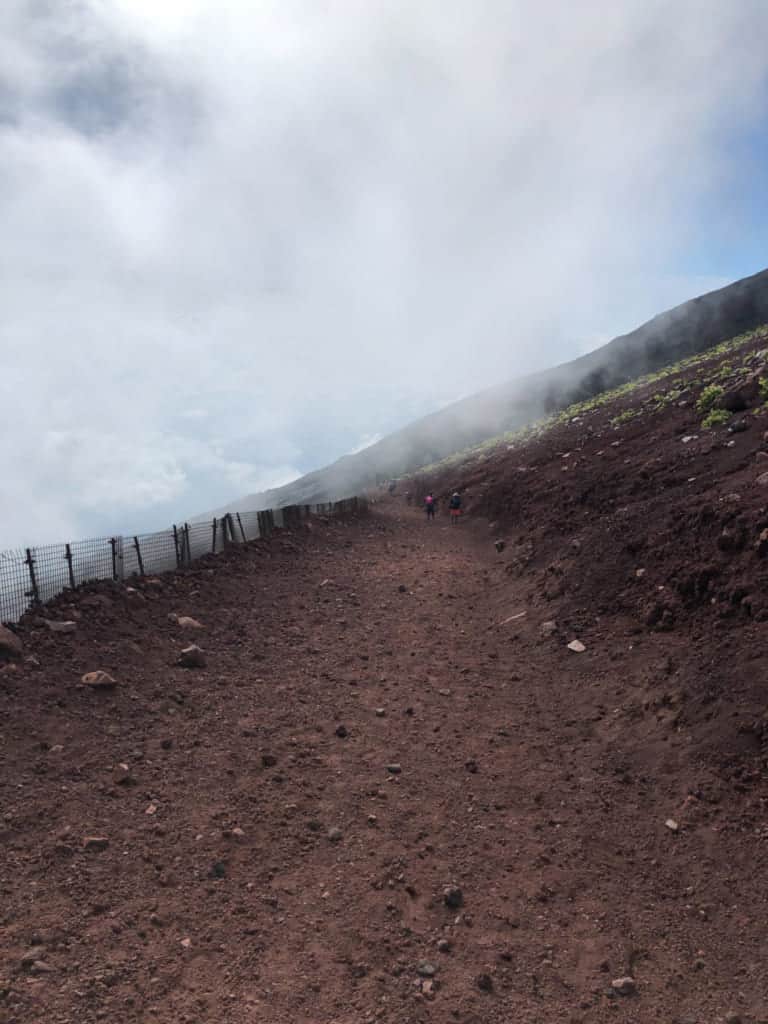
I had drunk all my water early in the descent and had grossly underestimated the hike down. We reached the 5th station around 9 am, tired and thirsty, but with a swell of pride and a great sense of achievement. I had just accomplished the highest point in Japan, and I knew I would never look at the mountain in the same way again.
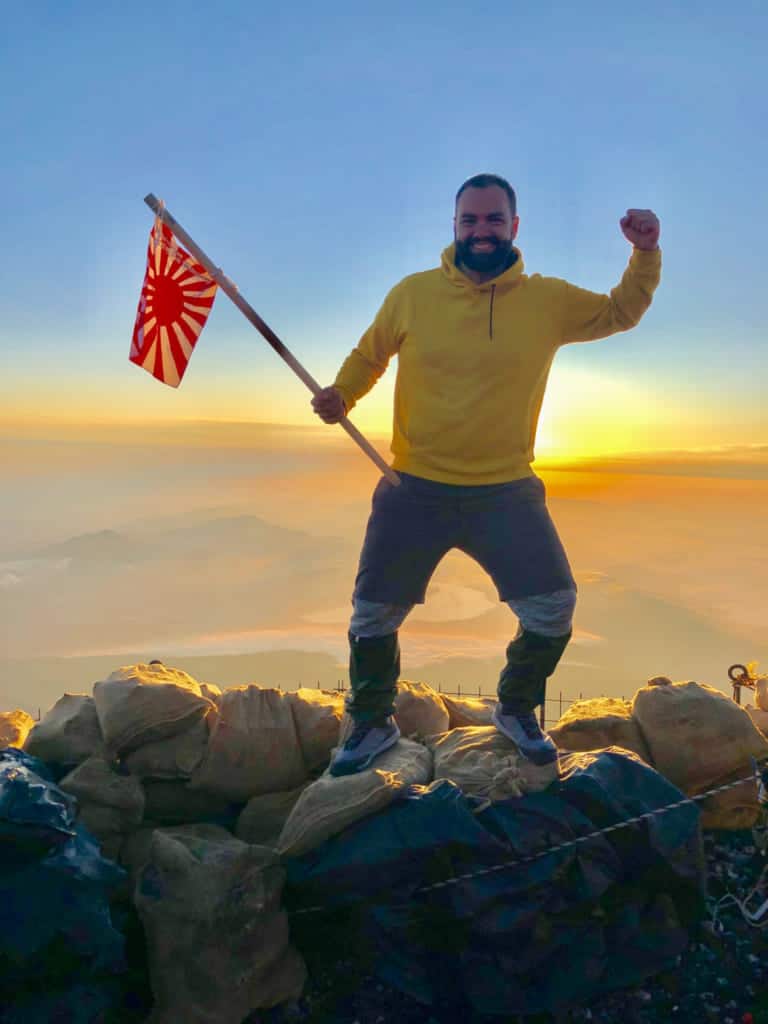
What I Have Learned from Hiking Mt Fuji
Upon reflection, I would do had done some things differently to enhance my experience of hiking Mt Fuji.
First, I would take advantage of the hiking huts. Although these are a bit expensive, a few hours’ sleep during the climb to the summit would have given me more energy for the hike down and made for a more comfortable overall experience.
Secondly, I would have taken more care to prepare for the hike down. In hindsight, I realized I was too focused on successfully reaching the summit. Some planning for the climb down could have alleviated my uncomfortable descent.
For more experienced hikers, the quieter trails may give you a more intimate experience. However, for the beginners amongst us, I would strongly advise the Yoshida trail. The year I hiked, there was at least one fatality that involved a hiker. Mt Fuji, while achievable for beginner-level hikers, is not to be taken lightly and requires appropriate training and preparation.
There’s an old saying that a wise man climbs Mount Fuji once, but only a fool climbs it twice (一度も登らぬ馬鹿、二度登る馬鹿). I plan on being a better-prepared fool and hiking this magnificent mountain again in the near future.
Check out my video of the hike below:
Access to Mount Fuji
During the peak climbing season, regular highway express coaches depart from Shinjuku station (新宿駅) in Tokyo to the Fuji Subaru Line 5th station (富士スバルライン五合目). A one-way trip takes approximately 150 minutes, and seat reservation is required. The 5th station can also be accessed by local buses from the Kawaguchiko train station (河口湖駅), which departs three times a day during peak climbing season, and takes approximately 50 minutes. Seat reservation is not possible, so arrive early to save your spot.


